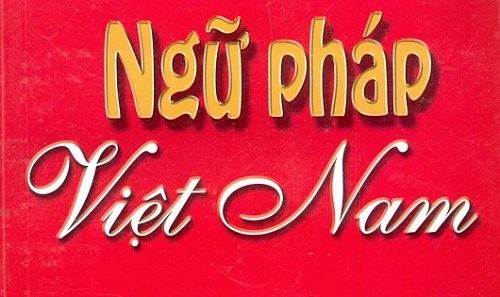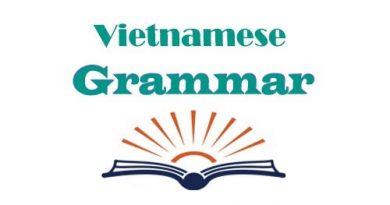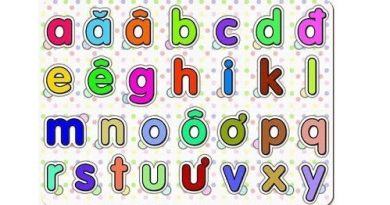Verbs in Vietnamese

When speaking or writing, we must distinguish between each of word types (nouns, adjectives, verbs, etc.). In this post, Tiếng Việt online will introduce to you the lesson: Verbs in Vietnamese.
What is verb?
Verb is a sentence component used to indicate an action (chạy, đi ,đọc, đứng,…), a state (tồn tại, ngồi,…).
Modal verbs :
Modal verbs are verbs that indicate the subjective relationship (attitude, appreciation, will, etc.) of the speaker to the content of the sentence or to the reality. This type of verb usually requires accompanying verbs (đã, sẽ, định, đang, muốn, vẫn,…). For example : Hải định đi Hà Nội (Hai intends to go to Hanoi), Lan muốn đi thăm ông (Lan wants to visit her grandfather). Modal verbs are used to talk about many different states.
Verbs indicating the appreciation of the degree of necessity: nên, cần, phải, cần phải.
Verbs indicating the appreciation of the ability: có thể, không thể/chưa thể.
Verbs indicating the appreciation of the luck: bị (tai nạn), được (nhà), mắc, phải (For example: mắc căn bệnh nhà giàu, phải một trận đòn).
Verbs describing the expectations: trông, mong, chúc, ước, cầu, muốn.
Verbs indicating the degree of will: dám, định, nỡ, buồn (often used with negative meanings), thôi, đành.
Verbs indicating actions, states :
Verbs indicating actions
They are words describing actions that occur in the present, past or future. These verbs are used to answer the questions : Làm sao?, thế nào? (How?)
-An action that may occur (có thể, định, đang,…).
-Prohibitive action: không được (phép) làm gì. Used when the speaker wants or orders someone to do something.
-An action that expresses compulsiveness: cần thiết phải làm một việc gì
–không cần thiết /không nhất thiết phải làm một việc gì (There is no need to do something).
-An action that may take place in the future. For example : 5 phút nữa bạn có thể dùng máy tính của tôi (You can use my computer in 5 minutes later).
Verbs indicating states
They are verbs describing the states of things. These verbs are used to answer the questions : Làm gì? (What). There are the following types of states :
-Verbs indicating the state of existence (or non-existence) :còn,hết,có,…
-Verbs indicating the state of transformation : thành, hoá,…
-Verbs indicating the state of receptivity : được, bị, phải, chịu,…
-Verbs indicating the comparative state : bằng, thua, hơn, là,…
Function of verbs :
-The main function of verbs is to be predicates in sentences..
Example : Nam đang học bài. (Nam is studying)
-When a verb is the subject in sentence, it can’t go with the words : đã, sẽ, đang, cũng, vẫn, đừng, định, muốn,… to create a verb phrase .
Example : Học là nhiệm vụ của sinh viên. (Studying is the mission of the students)
How to combine verbs with other word types :
To create new verbs in Vietnamese, we can combine verbs together or combine a verb with a noun, adjective or morpheme. For example:
– Combine a verb with a verb: học tập, buôn bán, chạy nhảy, mua sắm, gào thét, vay mượn, ăn uống, thay đổi, ăn chơi.
– Combine a verb with a noun: ra lệnh, trả lời, đánh gió, ăn giá ,ăn sương, làm dáng, làm khách, nói chuyện, đánh thuế.
– Combine a verb with an adjective: làm cao, làm giàu, nói cứng, nói khó, đánh ghen, nghỉ mát, đổi mới.
– Combine a verb with a morpheme: viết lách, chạy chọt, rửa ráy, nói năng, sửa sang.
Above is: Verbs in Vietnamese. We hope this post can help you know more about Vietnamese. Wish you all good study. See other similar posts at category: Basic Vietnamese
We on social : Facebook

